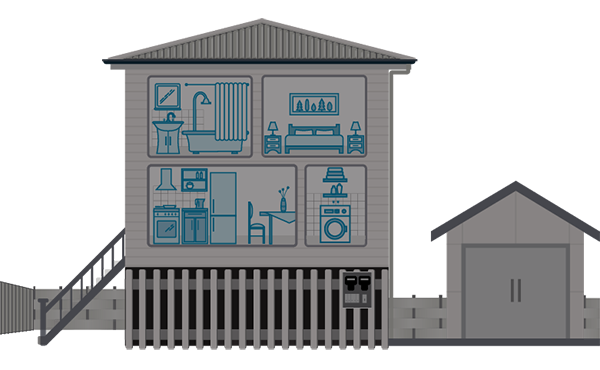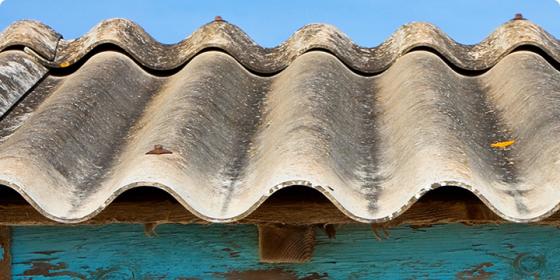SEQ flood recovery — tips for rebuilding and tradie register.
Asbestos finder
Click on areas of the home to find where asbestos containing materials may be found.
Scroll down to see where you might find asbestos products in different areas of your home.
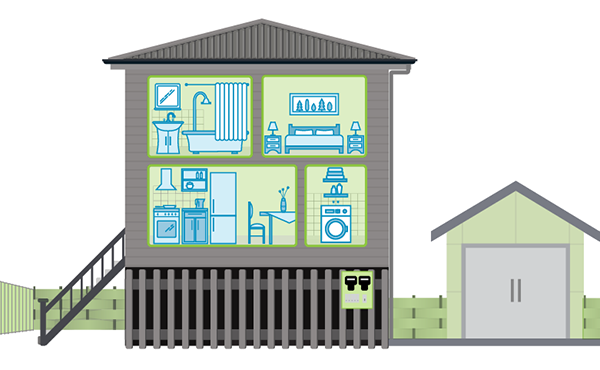
Bathroom
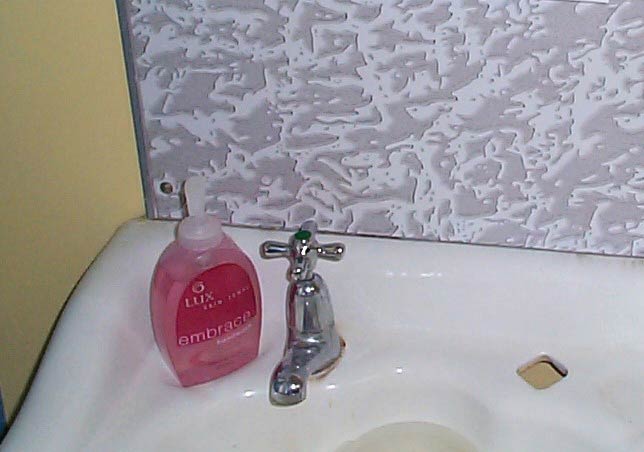
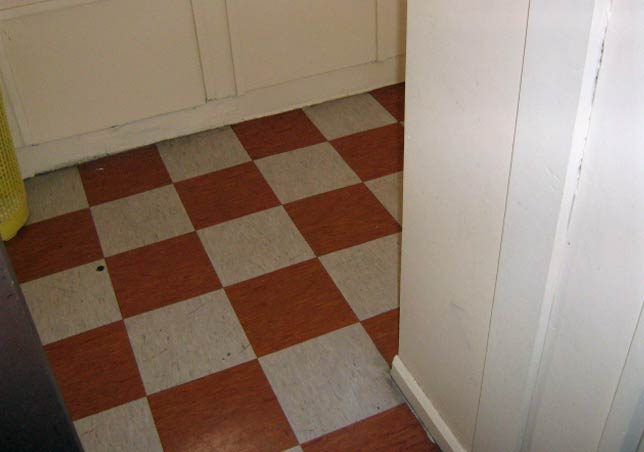
Asbestos could be in:
- walls (could be lined with flat asbestos sheeting or with a decorative sheeting called Tilux)
- ceiling (sheeting)
- floors (ceramic tiles, vinyl or other flooring with compressed asbestos sheet underlay)
- splashbacks (sheeting underneath and/or Tilux splashback was made of asbestos)
Bedroom
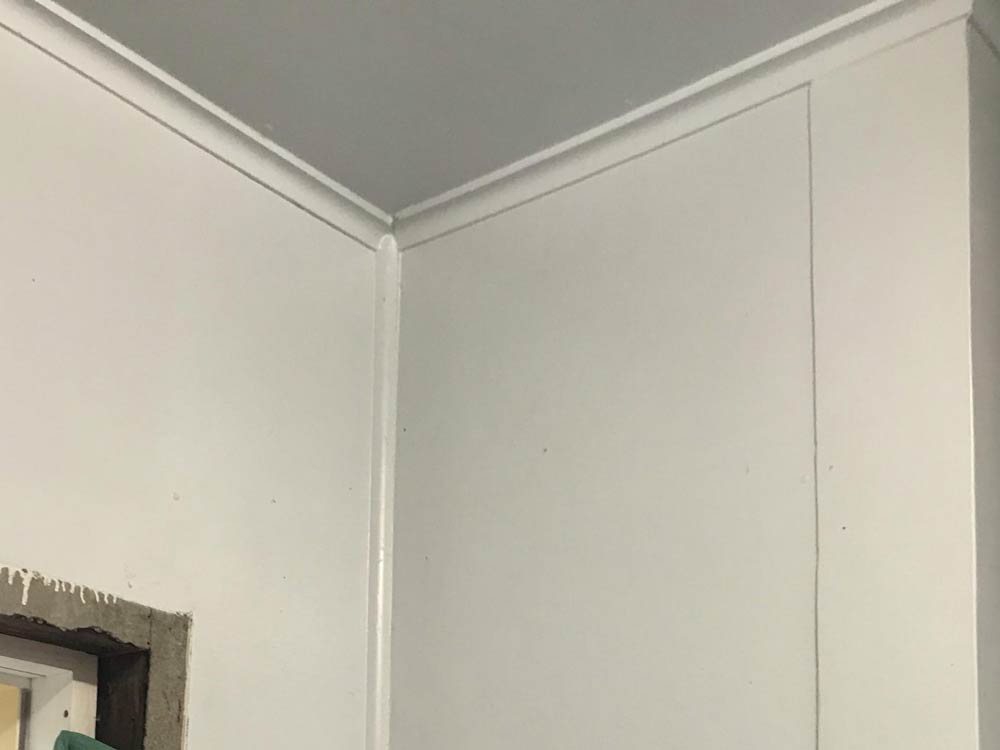
Asbestos could be in:
- walls (sheeting)
- ceiling
Kitchen
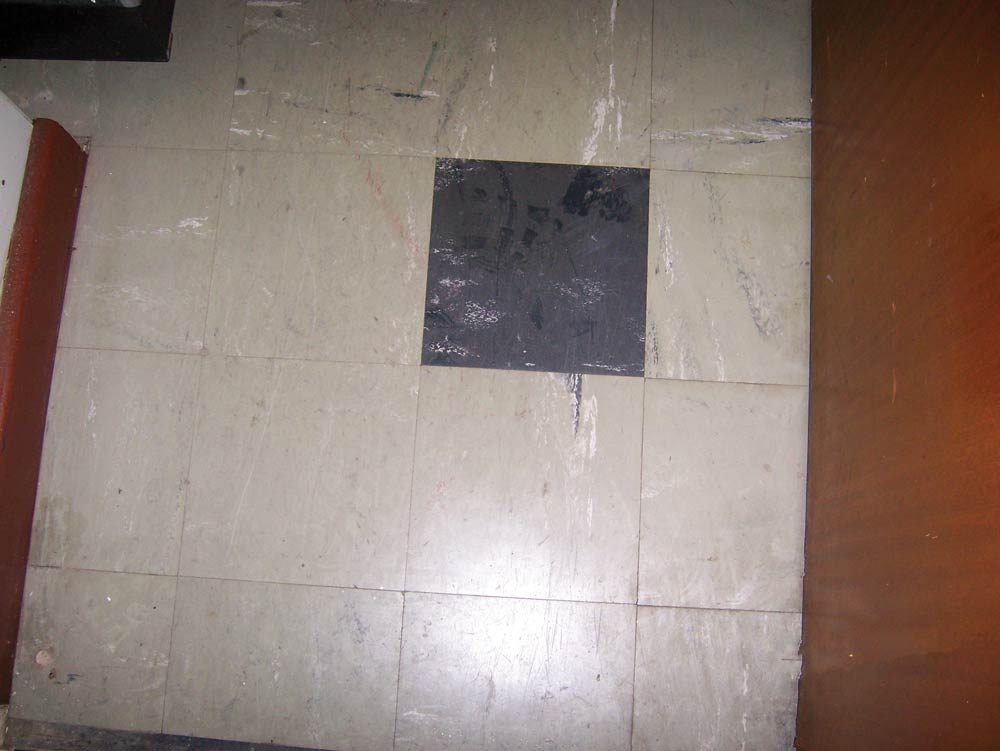
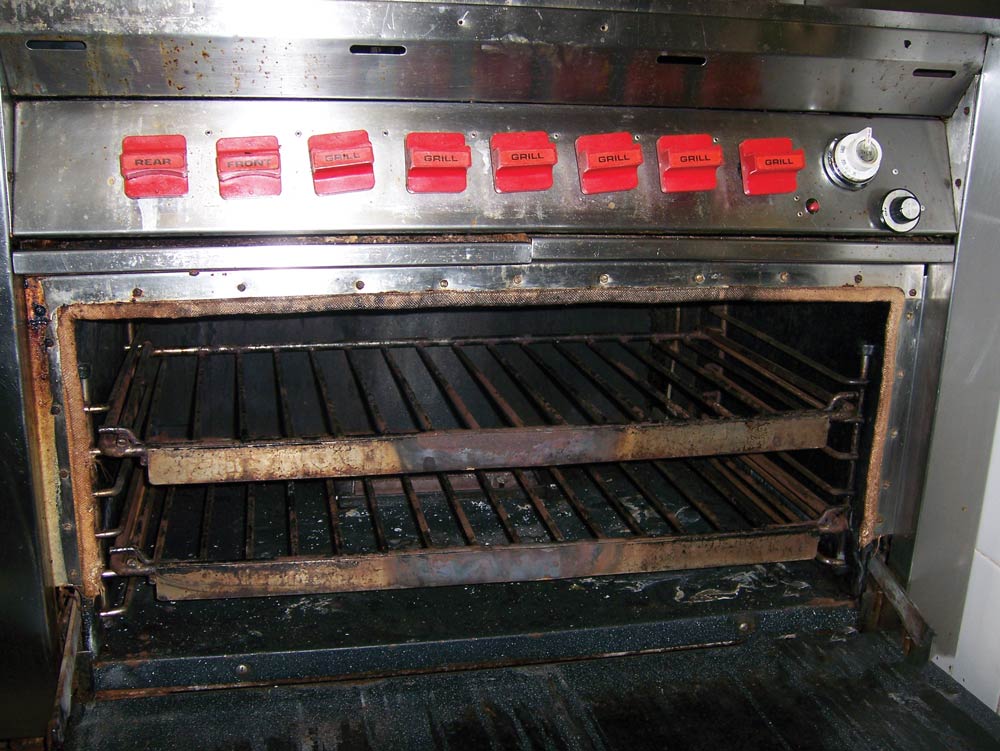

Asbestos could be in:
- walls (could be lined with asbestos sheeting)
- splashbacks (sheeting underneath and/or Tilux splashback was made of asbestos)
- textile seal to some ovens and combustion stoves
- sinks (under sink as sound dampener - the square pad under the sink or bitumous spray applied coating may be made of asbestos)
- floors (ceramic tiles, vinyl sheet or other covering laid over compressed asbestos sheet underlay)
Laundry
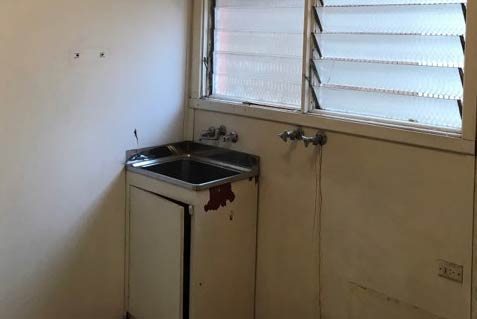
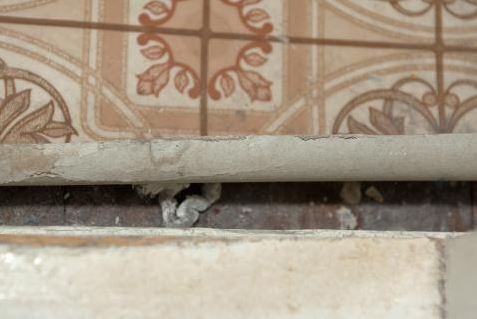
Asbestos could be in:
- walls (sheeting, backing to wall tiles)
- ceilings
- floors (ceramic tiles, vinyl sheet or other covering laid over compressed asbestos sheet underlay)
Roof
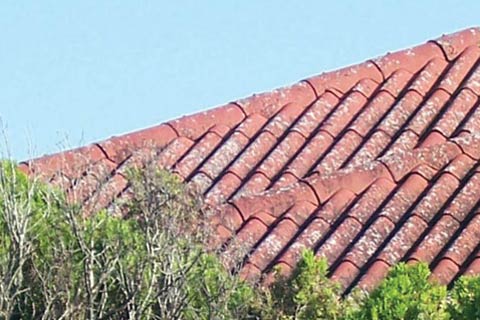
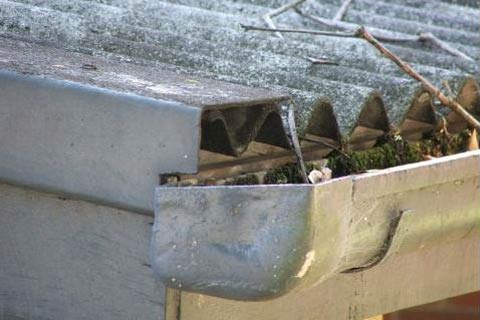
Asbestos could be in:
- corrugated roof sheeting, ridge capping, vent pipe and cap
- some guttering and downpipes were manufactured from asbestos cement
- gutters and downpipes (non-asbestos guttering may contain asbestos residue from roofs)
Outside Areas
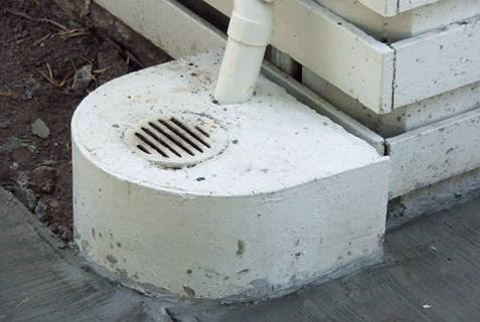
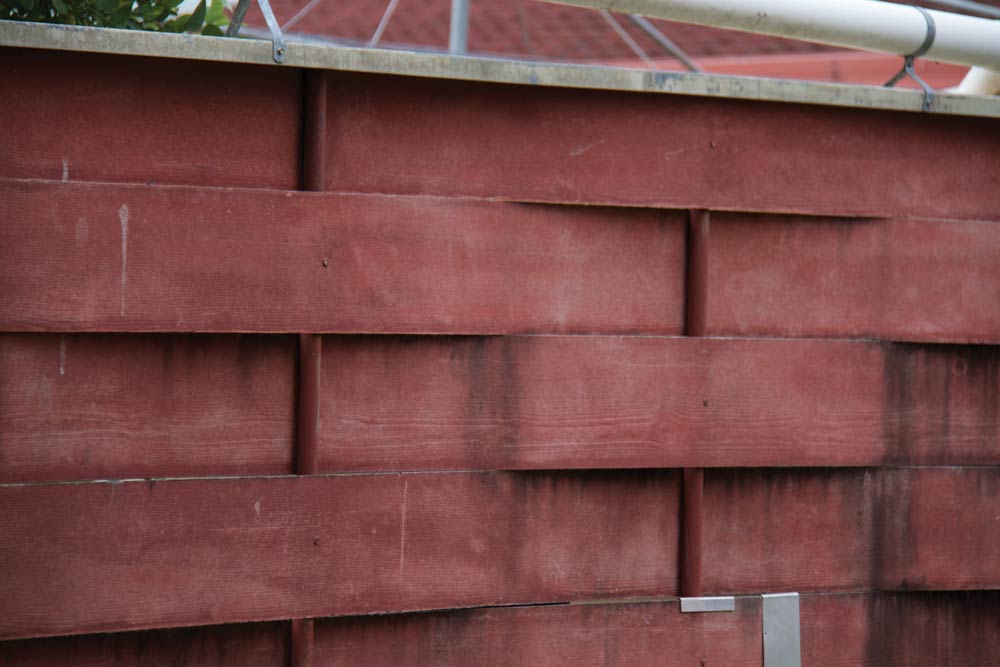


Asbestos could be in:
- cladding that could be flat-sheeted, profiled sheets like Shadowline or Coverline, textured sheeting like woodgrain Hardiplank
- shed, carport, kennel or garage (cladding and imitation brick)
- fencing (materials such as Super Six and woven Hardie’s Hardiplank)
- switchboards, textile wrapped hot water lines, hot water systems
Asbestos finder
Can you locate where asbestos containing materials could be in and around a typical Queensland house?
Click on an area of the house to identify the types of asbestos containing products which could be present.
Code of conduct for pool safety inspectors
Role and responsibilities of a pool safety inspector
The QBCC licenses pool safety inspectors to perform the pool safety inspection functions set out in the Building Act 1975 for regulated pools.
Pool safety checklist for property managers fact sheet
NCBP—responsibility of plumbers
NCBP—responsibility of installers
NCBP—responsibility of designer, manufacturers, importers and suppliers
Non-conforming building products FAQs
Asbestos safety
Asbestos is a mineral that was widely used in the building industry between the 1940s and 1980s because it was good at insulating and resisting heat. However, it has small fibres that can cause fatal lung disease if inhaled and has now been banned.
Pagination
- Previous page
- Page 2
- Next page

